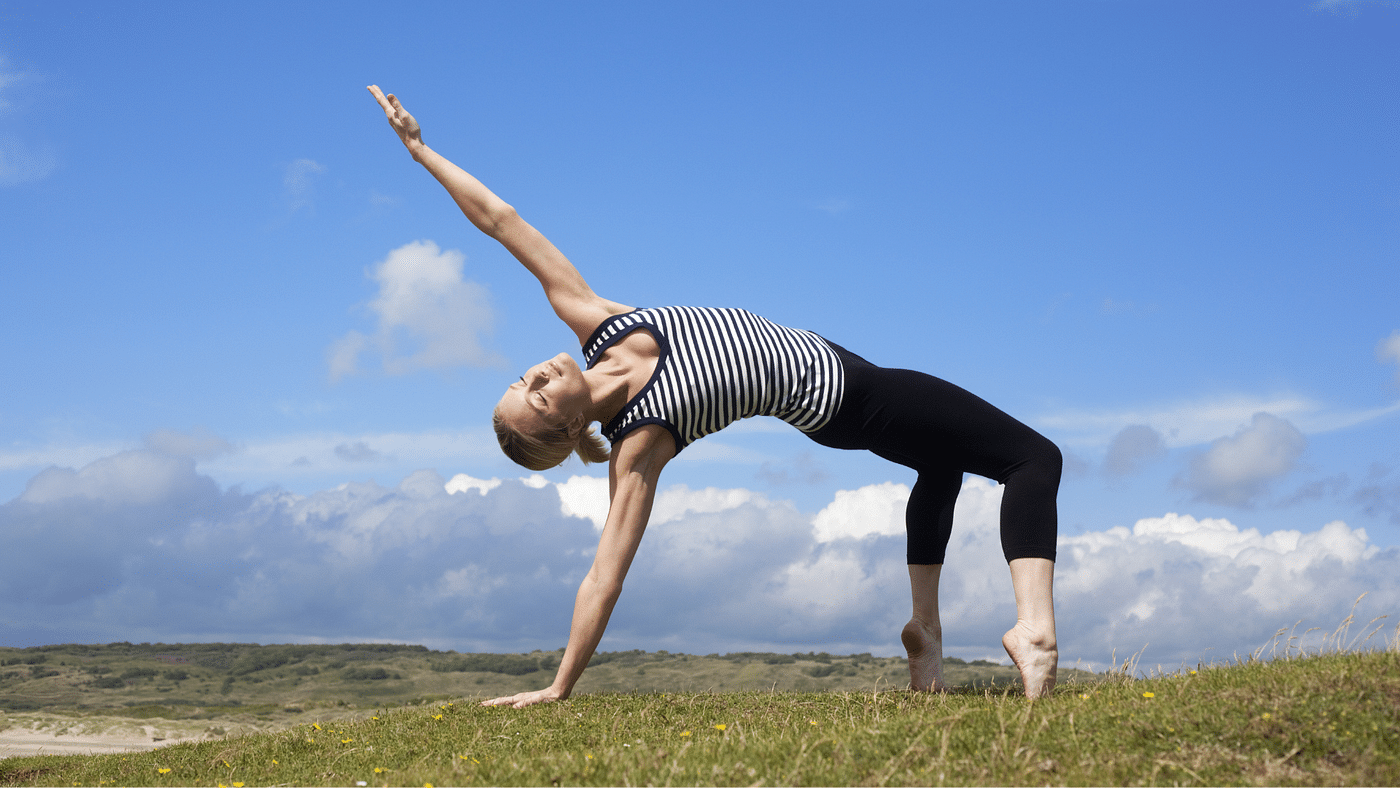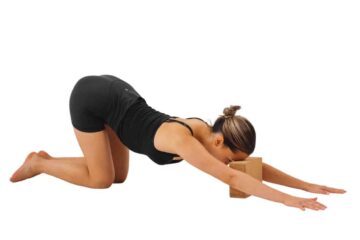Fluidity is the essence of movement, embodying the seamless flow and continuous transformation inherent in all aspects of life.
Like water, which adapts and changes shape effortlessly, embracing fluidity allows us to navigate the complexities of existence with grace, resilience, and presence.
In this article, we explore the concept of fluidity, its significance in both movement and life, and strategies for cultivating greater fluidity in our daily experiences.
Understanding Fluidity
Fluidity transcends rigidity and fixedness, embracing change, adaptation, and flow. It is the ability to move with ease and grace, responding to the ebbs and flows of life with resilience and flexibility.
In movement, fluidity manifests as smooth, effortless transitions between poses or steps, characterized by a sense of lightness, buoyancy, and freedom.
In life, fluidity is about embracing impermanence, letting go of attachments, and surrendering to the natural rhythm of existence.
The Significance of Fluidity:
- Adaptability: Fluidity enables us to adapt to changing circumstances and environments, allowing for greater resilience and resourcefulness in the face of challenges.
- Creativity: Embracing fluidity fosters creativity and innovation, opening us up to new possibilities and perspectives beyond the constraints of fixed thinking.
- Resilience: By embracing the fluid nature of life, we develop greater resilience and emotional agility, enabling us to bounce back from setbacks and adversity with grace and strength.
- Connection: Fluidity deepens our connection to ourselves and others, fostering empathy, compassion, and understanding as we flow through shared experiences and relationships.
- Freedom: Embracing fluidity liberates us from the shackles of perfectionism and control, allowing us to embrace the inherent messiness and beauty of life’s unfolding journey.
Cultivating Fluidity in Movement:
- Mindful Awareness: Cultivate mindful awareness of your body and breath during movement, allowing for smooth, connected transitions between poses or steps.
- Breathwork: Sync movement with breath, using the breath to guide and support the flow of energy throughout the body.
- Exploration: Experiment with different movement modalities, such as dance, yoga, tai chi, or martial arts, to discover new ways of expressing and embodying fluidity.
- Release Tension: Release muscular tension and resistance, allowing for greater ease and freedom of movement.
- Playfulness: Approach movement with a sense of playfulness and curiosity, inviting spontaneity and creativity into your practice.
Cultivating Fluidity in Life:
- Letting Go: Practice letting go of attachments and expectations, allowing life to unfold naturally without resistance or judgment.
- Adaptability: Embrace change as an opportunity for growth and learning, cultivating adaptability and flexibility in your responses to life’s challenges.
- Acceptance: Cultivate acceptance of yourself and others, recognizing and honoring the inherent fluidity and imperfection of the human experience.
- Presence: Be present in the moment, savoring the richness and beauty of each experience as it arises, without clinging to the past or worrying about the future.
- Trust: Trust in the wisdom of life’s unfolding journey, knowing that every twist and turn is an opportunity for growth, healing, and transformation.
Conclusion
In a world characterized by constant change and uncertainty, embracing fluidity offers a pathway to greater freedom, resilience, and joy in both movement and life.
By cultivating mindful awareness, releasing attachments, and surrendering to the natural flow of existence, we can move through the world with grace, presence, and authenticity, honoring the inherent fluidity of our ever-evolving selves.
So, let us embrace the dance of life, flowing with the rhythm of the universe as we navigate the currents of change and transformation with courage, grace, and open hearts.



